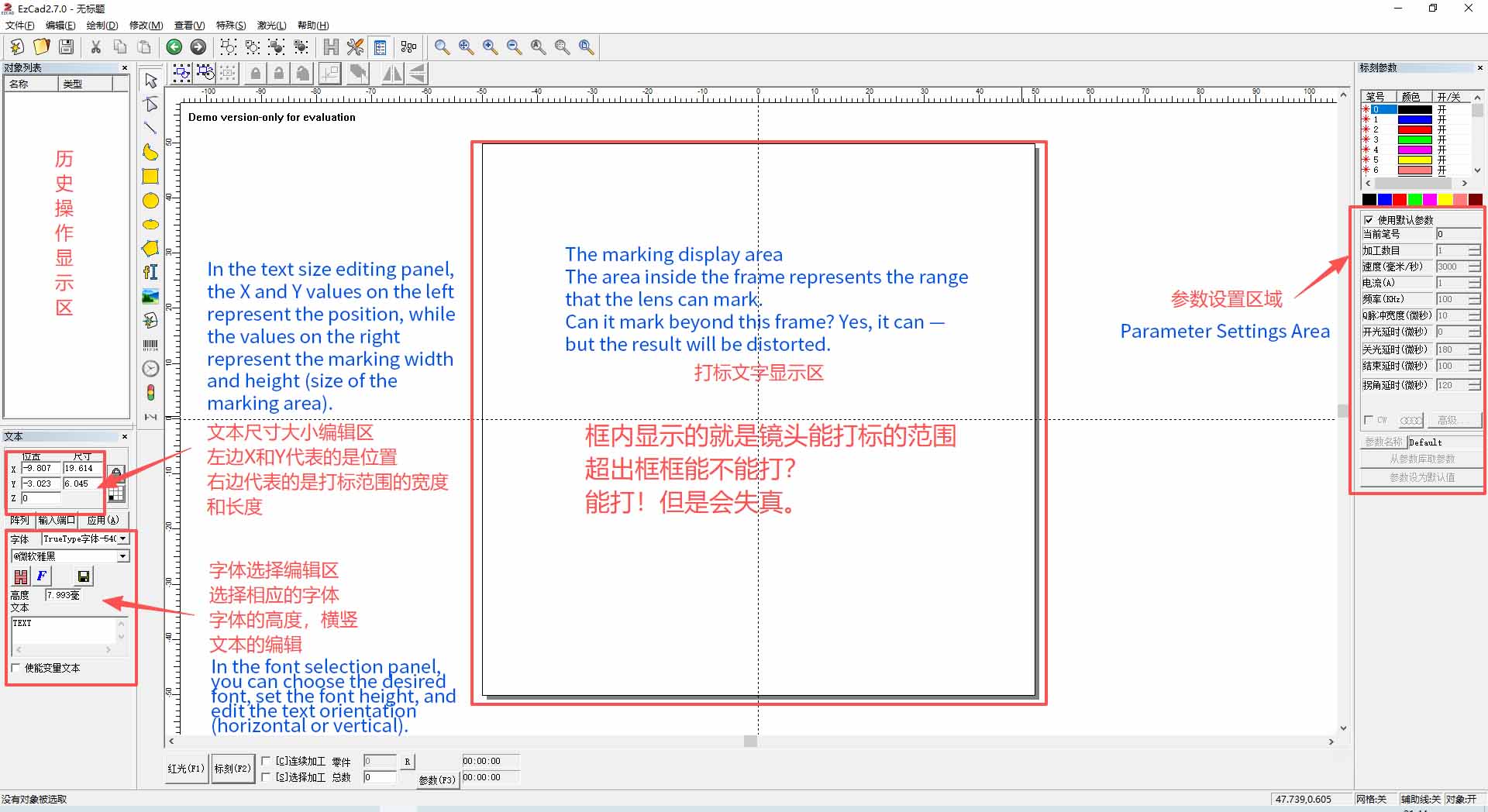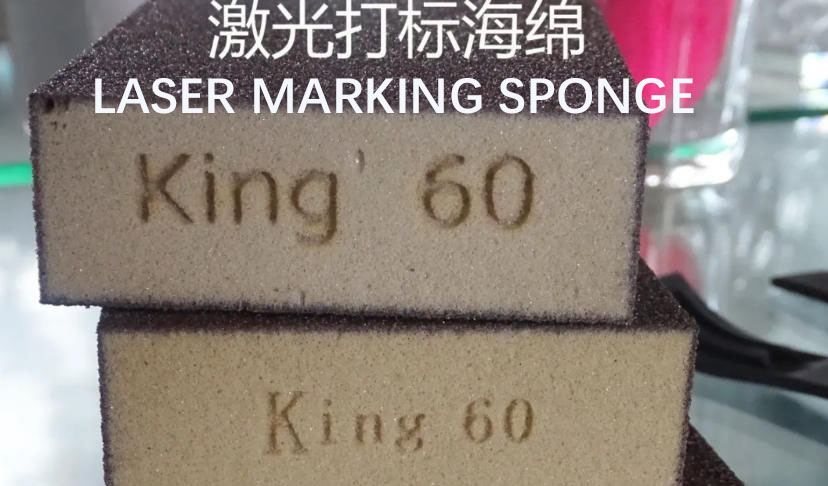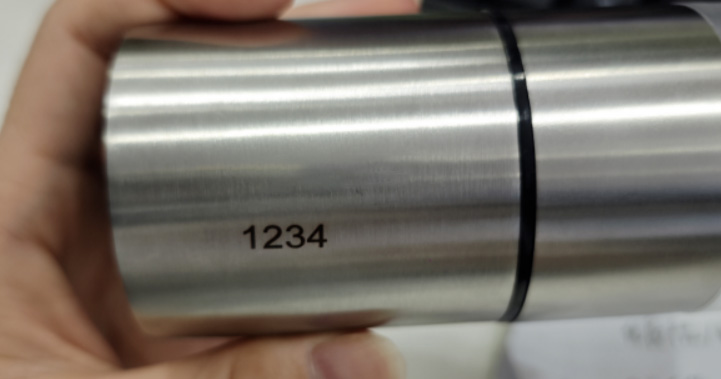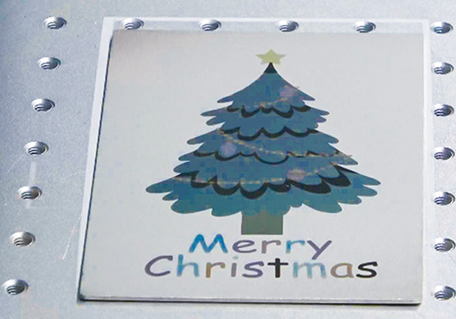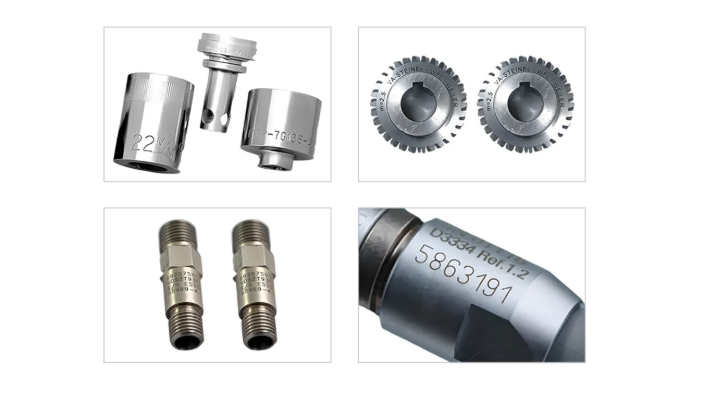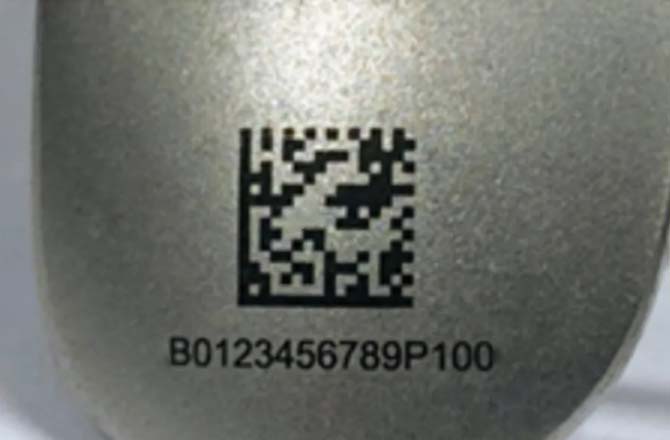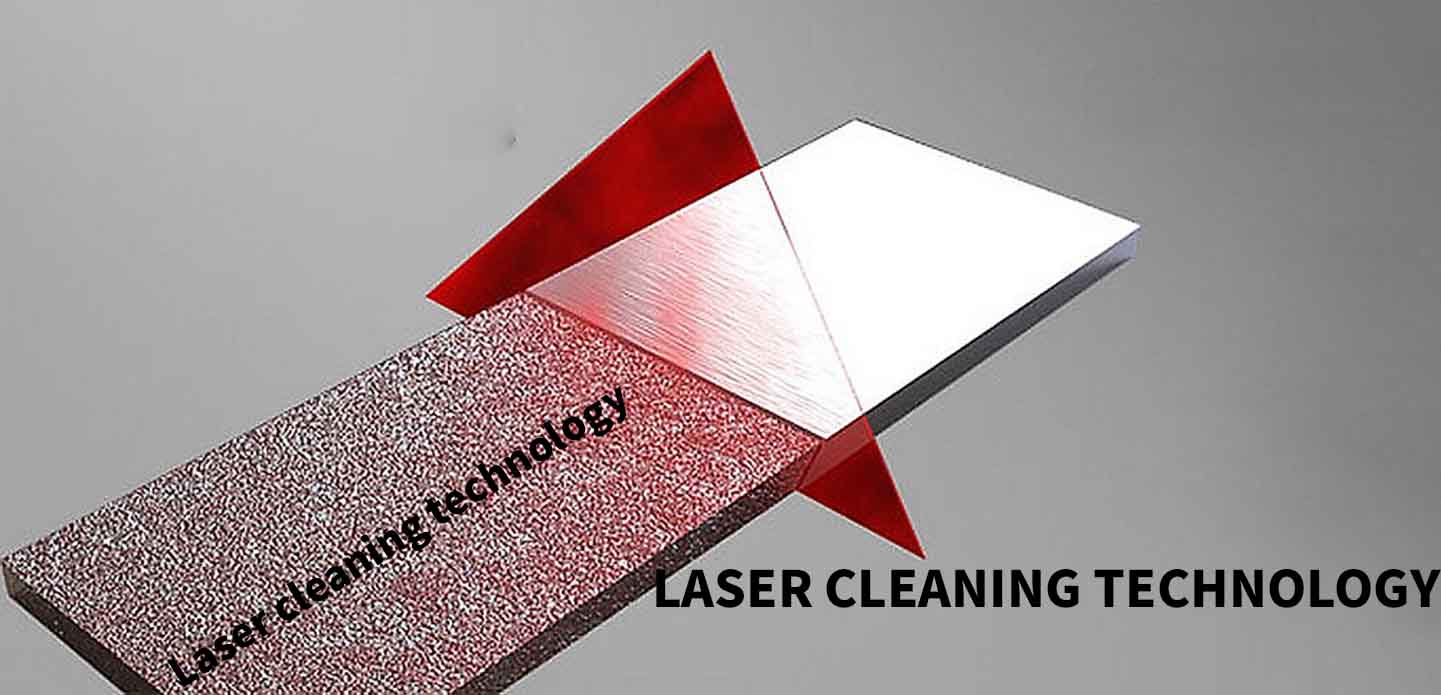
Laser cleaning technology, as an emerging industrial cleaning method, has gained widespread application in various fields in recent years. With its high efficiency, environmental friendliness, and non-contact nature, it is gradually replacing traditional chemical cleaning and mechanical abrasion. In the biomedical field, laser cleaning has demonstrated tremendous potential, particularly in applications such as precision instrument handling, dental care, and biomaterial preparation.
Core Medical Applications: Precision and Non-Invasiveness
Laser cleaning in medicine is used for a variety of purposes, including dental cleaning, calculus removal, wound treatment, skin rejuvenation, and medical device sterilization.
1. Dental Care and Oral Surgery
In dental applications, lasers can precisely remove stains, tartar, and plaque without mechanically damaging enamel. Unlike ultrasonic scaling, laser cleaning reduces gum bleeding and is especially beneficial for patients with sensitive teeth. For endodontic treatments, combining laser cleaning with irrigants significantly improves the removal of smear layers compared to either method alone.
Er:YAG laser cleaning combined with irrigation in root canal treatments is currently under evaluation in a randomized controlled trial at Tianjin Stomatological Hospital (ChiCTR2200062410). This trial aims to assess its clinical efficacy and microbial removal capabilities.
Er:YAG lasers (2940 nm) are surface-absorbed by water and hydroxyapatite in dental tissues, inducing micro-explosions to remove disease-affected tissues and calculus with minimal damage due to their shallow penetration (~5 µm). They have shown excellent results in cavity preparation, enamel and dentin surface modification, bone removal, and calculus cleaning.
In contrast, 1064 nm lasers penetrate deeper and are absorbed by inflammatory tissue and pigment, making them ideal for soft tissue procedures such as periodontal pocket debridement, ulcer treatment, gingival pigmentation removal, frenectomy, and hemostasis, with minimal hard tissue damage.
2. Dermatology and Cosmetic Applications
Laser cleaning is widely used in skin rejuvenation and the treatment of various dermal concerns, including birthmarks, pigmentation, tattoos, and melasma. It targets melanin pigment directly, achieving an effective rate of over 90% for conditions like Ota’s nevus, with a recurrence rate under 5%.
3. Medical Device Cleaning and Disinfection
Surgical instruments demand impeccable cleanliness. Laser cleaning effectively removes organic residue, inorganic contaminants, and microorganisms. It can be combined with UV or ozone support to upgrade disinfection levels and reduce infection risks in ophthalmic instruments.
For implants like intraocular lenses and corneal contacts, laser cleaning eliminates surface contaminants without chemical residues, preserving biocompatibility and optical performance. Conventional cleaning agents like glutaraldehyde pose toxicity risks, but laser treatment can effectively disrupt pathogen DNA and cell walls—especially biofilm-forming, heat-resistant bacteria—with higher efficiency.
Laser cleaning is also ideal for disposable or reusable devices such as catheters, stents, balloons, occlusion devices, and dental implants made of ceramics or titanium alloys. Ultrashort pulsed lasers (femtosecond lasers) can remove sub-micron contaminants from titanium surfaces without altering surface roughness (Ra < 0.1 µm), promoting bone integration.
Studies show that 266 nm UV lasers can denature microbial DNA with a 99.99% kill rate against drug-resistant strains like MRSA. A leading tertiary hospital equipped with a laser cleaning system reduced catheter reprocessing costs by 40%, saving over RMB 2 million in annual consumable expenses.
Laser cleaning also enables non-contact, efficient sterilization of non-metallic equipment and electronics. Furthermore, by adjusting energy settings, lasers can modify surface micro- and nano-topography to create antibacterial textures. For instance, laser-treated titanium surfaces reduce bacterial adhesion on orthopedic implants.
4. Biomaterial Preparation and Tissue Engineering
Laser cleaning can remove fibrous tissue layers from the surface of bovine pericardium while preserving the collagen fiber network. Tensile strength tests show a 20% improvement. Bovine pericardium is favored in heart valve biomaterials due to its superior mechanical properties. However, manually cleaning off fibers and debris is inefficient and risks tissue damage. Laser cleaning removes surface fibers cleanly without burning or discoloring the tissue.
Challenges and Solutions
Despite its promise, laser cleaning in biomedicine faces several challenges:
High equipment cost—this limits widespread adoption. Modular designs and falling costs of ultrafast lasers (picosecond, femtosecond) may open up high-precision clinical applications.
Lack of widespread adoption and standards—medical institutions and staff lack awareness and training. To address this, ISO/TC 172 is developing the “Medical Laser Cleaning Equipment Safety and Performance Standard,” covering 12 core metrics like beam uniformity and energy stability. The FDA has already approved the first laser cleaning device for dental implant surface treatment, establishing a Class III device fast-track approval pathway.
Future Developments: Nanostructural Surface Modification
In 2024, China’s medical laser equipment market reached approximately RMB 5.8 billion (~USD 0.8 billion). By 2025, global pulsed fiber laser cleaning machines are expected to reach USD 416 million, with the medical sector accounting for over 15%. By 2030, the global nanoradiative laser cleaning device market could hit USD 1.5 billion.
China remains dependent on imports for medical laser devices, but rising income levels and patient awareness of non-invasive laser treatments position the Asia-Pacific region for rapid growth. Nanometer-scale surface control via ultrafast lasers (ps/fs) will enable antibacterial coatings on orthopedic implants, and future integration with 3D bioprinting may allow combined cleaning and cell seeding for advanced tissue constructs used in drug screening and personalized tumor models.
Outlook: Green, Controlled, and Clinical-Ready
Laser cleaning is transitioning from lab to clinic. Its non-contact, high-precision, low-damage characteristics align well with medical needs. As equipment costs decrease, standards mature, and clinical evidence accumulates, laser cleaning is poised to play a transformative role in medical device sterilization, tissue processing, and disease treatment—while supporting environmental sustainability.
To fully realize this potential, increased collaboration among industry, academia, and clinical practitioners is essential. For organizations committed to medical quality and patient safety, laser cleaning technology offers a new paradigm and promising path forward.
由用户投稿整理稿件发布,不代表本站观点及观点,进行交流学习之用,如涉及版权等问题,请随时联系我们(yangmei@bjjcz.com),我们将在第一时间给予处理。

